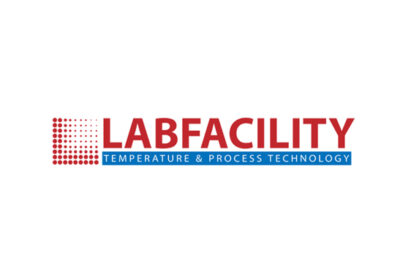Form, fill and seal. If only it were that easy. Even those who work in the industry admit that there is a bewildering lexicon around bagging and flow wrapping. Tony McDonald, sales and marketing director at ILAPAK, the leader in packaging systems for flexible films, attempts to demystify sealing terminology, from D-cam and long-dwell, to impulse and ultrasonic, intermittent and continuous.
Sealing techniques
Whether sealing in a vertical or horizontal configuration, there are two widely accepted ways of creating a seal: by applying heat or generating friction via ultrasonics.
Heat sealing
Standard heat sealing systems use a combination of heat, time and pressure to create a seal with a set of crimp seal heating bars. When the jaws come together, this melts a layer of plastic and bonds the two layers of film together. This technology can be used at high speed on a range of materials, including foil, poly-coated Kraft paper bags, OPP and laminates, fairly cheaply. A variation on conventional heat sealing is impulse sealing, which uses teflon-coated heated sealing wires that are triggered when the sealing bar is pressed close. Impulse sealing is mainly used for PE applications where a barrier is not critical.
Ultrasonic sealing
Increasingly, packers and manufacturers – particularly those in the salad industry – are migrating to ultrasonic sealing systems. This cold sealing system relies on friction created by an oscillating tool to generate heat only in the area between two film layers. The vibrations for generating friction are caused by ultrasonic energy at frequencies of 20-40 KHZ. Ultrasonic sealing uses less energy than heat sealing, and tangible film savings can be made, as the seals at the longitudinal and transverse seams are narrower. However, the overriding argument for ultrasonic sealing is the level of seal integrity that can be achieved. Ultrasonic sealing can seal through any product which may have accidentally been deposited in the seal area, slashing leaky bag rates by up to 80%. Whilst ultrasonic sealing is increasingly common on VFFS machines, it is still in its infancy on horizontal applications.
Jaw design
There are essentially four types of sealing jaw, with the main difference between them being the amount of time the jaws come into contact with the sealing area.
- Rotary jaws
Primarily employed for applications such as snacks, biscuits and confectionery on both horizontal and vertical machines, rotary jaws contra-rotate 360 degrees and meet in the middle to form the seal. Sealing time is very short, which makes this a very high speed technology, but one that cannot guarantee a high integrity hermetic seal.
- D-cam
This jaw assembly is similar in principle to a rotary jaw configuration, but rather than following a circular pattern of movement, D-cam jaws follow an elliptical D-shaped pattern, which means the jaws meet in the seal area (the length of the stem of the ‘D’) for longer. This makes D-cam jaws suitable for high speed applications where a hermetic seal is required. As an example, ILAPAK has supplied this type of jaw assembly to a customer wanting to flow wrap protein bars at speeds of 200ppm with gas flushing, Ilapak have supplied pharma machines with this sealing system at speeds in excess of 300ppm.
- Long-dwell
In contrast with D-cam and rotary jaws, long-dwell jaws don’t rotate – they move with the pack, which results in increased sealing time versus rotating designs. Because of the ‘up-down’ motion of the jaws, product height is limited to ensure clearance. This technology is popular for packing MAP products, such as cheese, baked goods and cooked meats.
- Box motion
Sealing time is increased considerably versus other jaw designs by only moving the film when it is in contact with the jaw. This sealing unit is reserved for MAP and hermetically sealed applications involving very thick films, for example cheese, where lots of pressure, heat and dwell time are needed.
Seams straightforward
These are the jaw configurations that can be used to create the end seals (also known as the top and bottom, transversal or cross seals). The fin or longitudinal seal (the seam that runs down the length of the bag joining the right and left side of the originally flat film) requires a separate sealing unit, comprising two, three or four hot and/or cold rollers. The exact arrangement will be determined by the thickness and sealing properties of the film.
Operating principles
FFS machines can either be continuous or intermittent. On an intermittent machine, the packaging film is still as the longitudinal seam is sealed, whereas with a continuous machine, the material is transported continuously. The main benefit of continuous operation is that it delivers a higher output. In addition, the film moves through the machine at a much slower rate than on an intermittent machine, leading to fewer mechanical issues.
Ultrasonics
Ilapak has several HFFS flowrappers in the field with Ultrasonic fin seals, this enables the flowrappers to run complex films at greatly varying speeds whilst still hermetically sealing the fin seal.
There are exceptions to every rule and each application is different. The purpose of this article is to give a general introduction to the terminology encountered when looking at FFS machines. ILAPAK can advise on the most suitable sealing method, jaw assembly and operating principle for your product and packaging aspirations.





